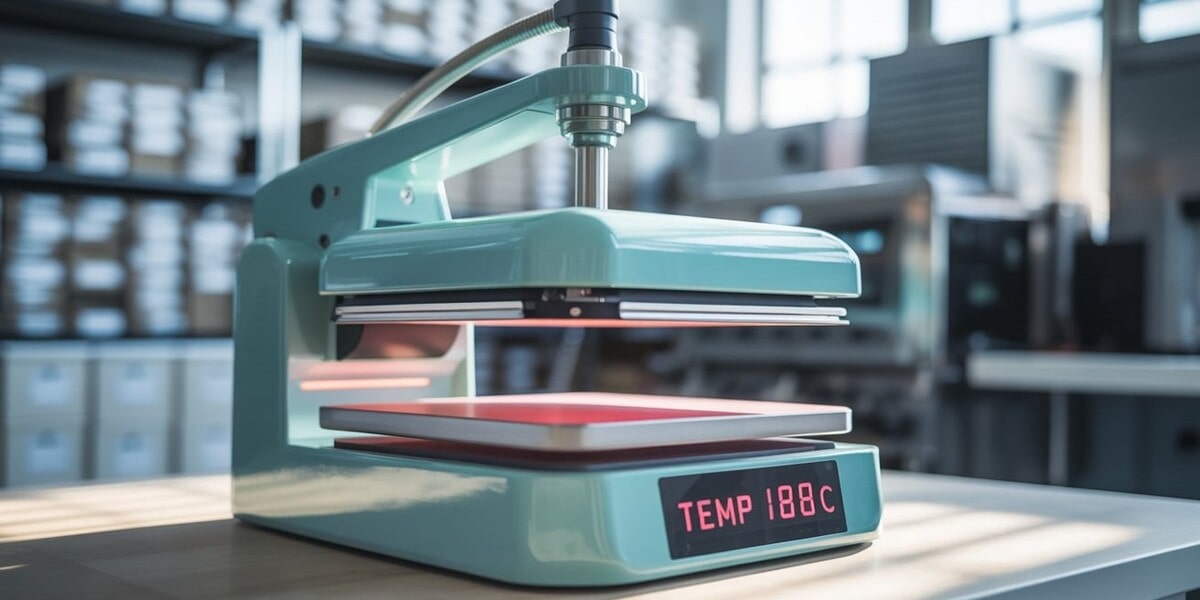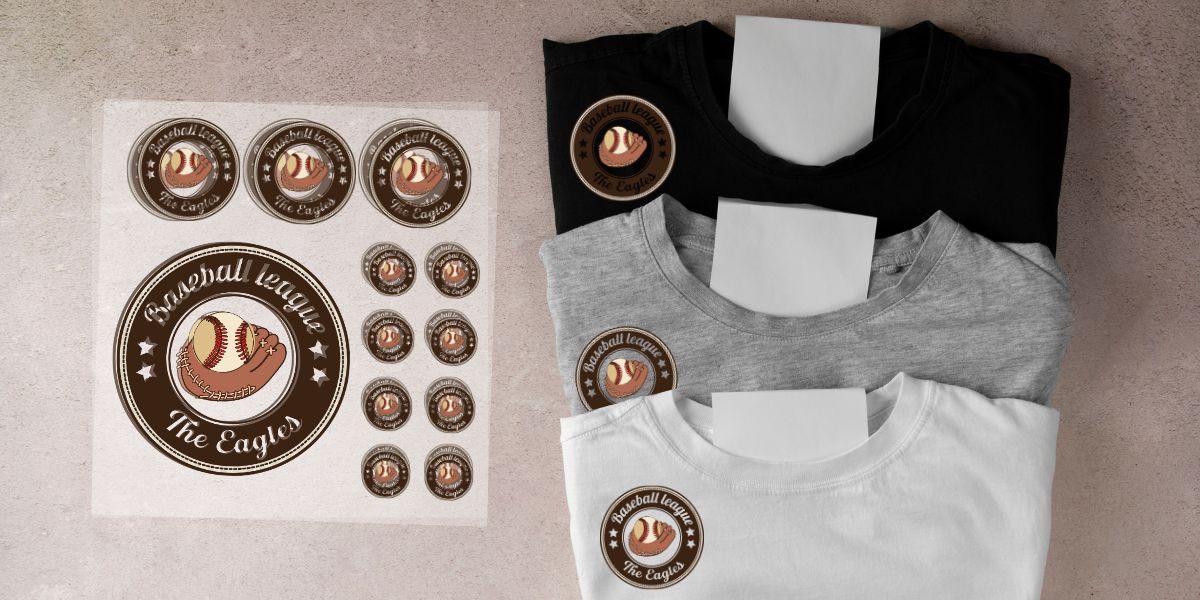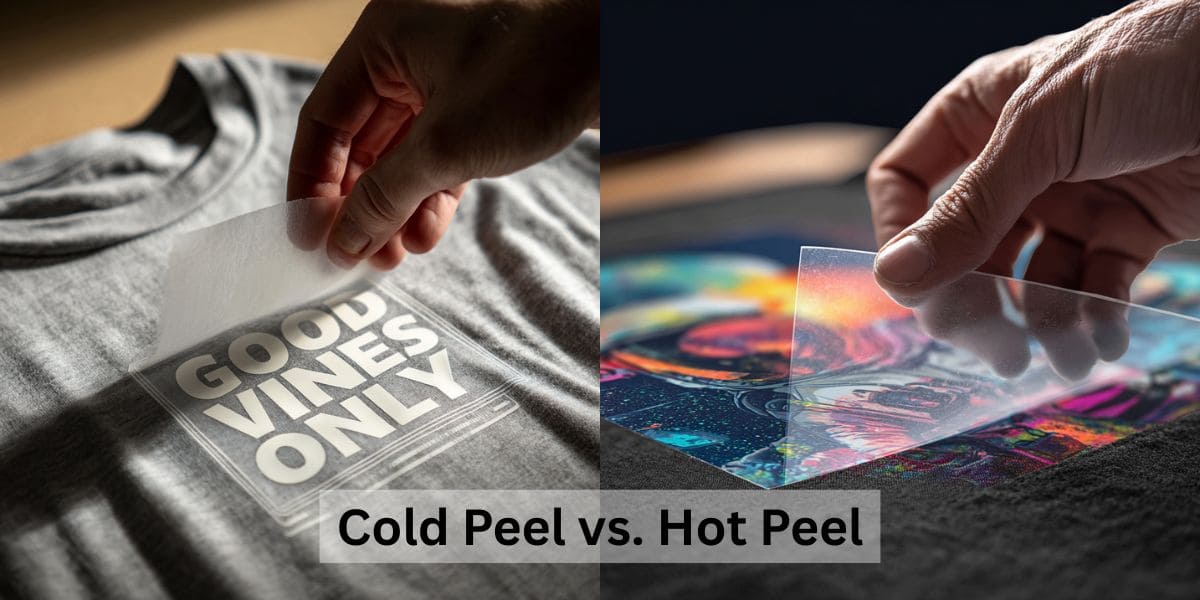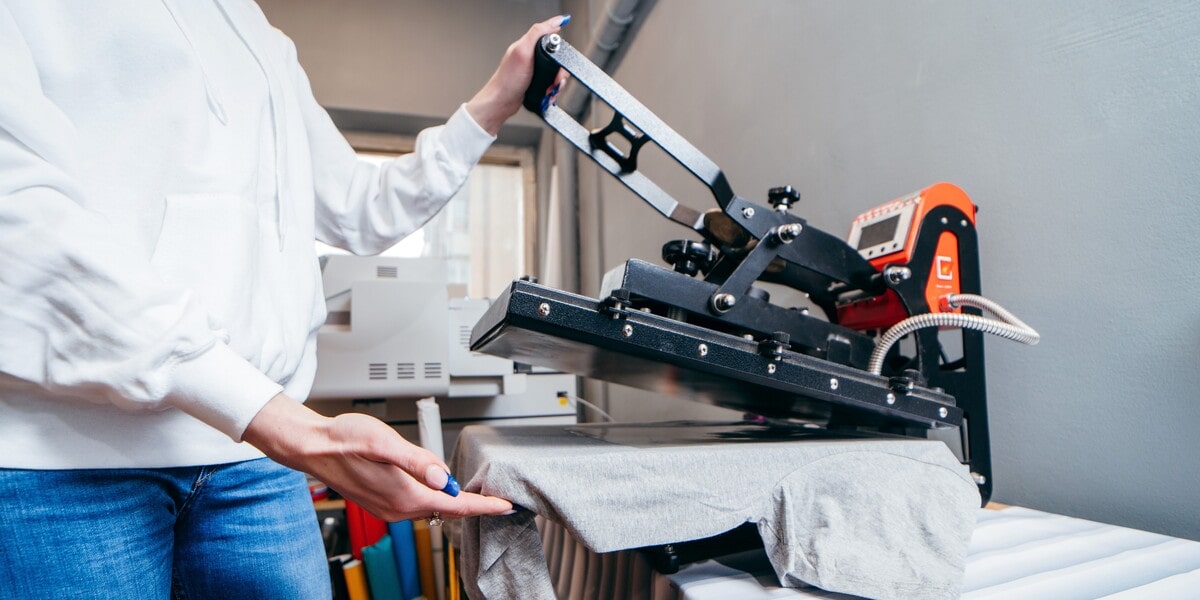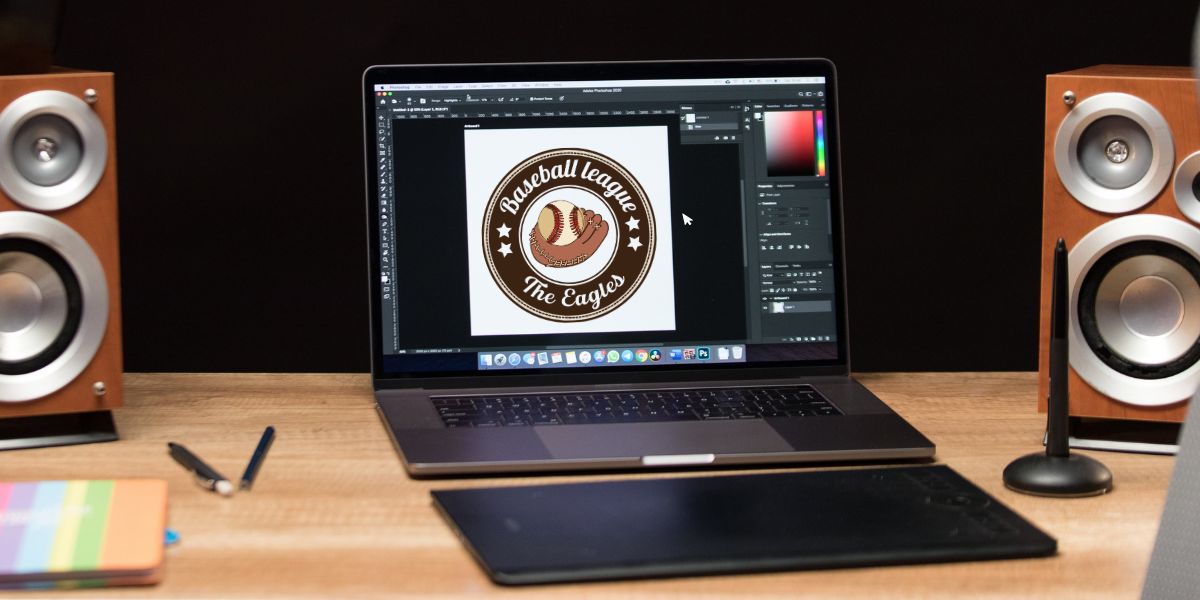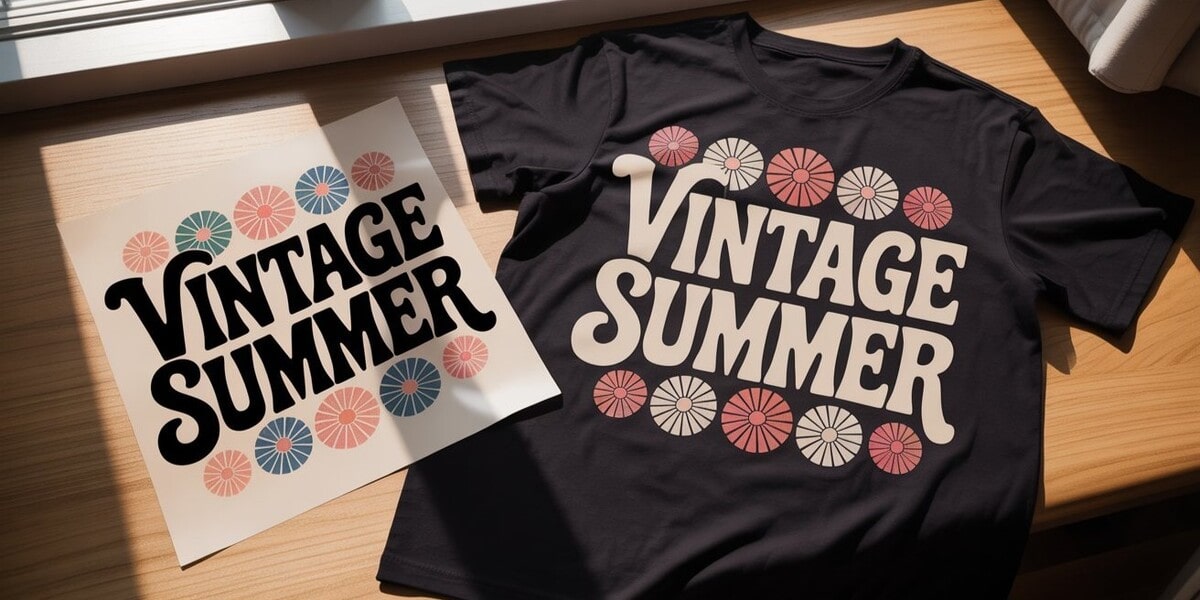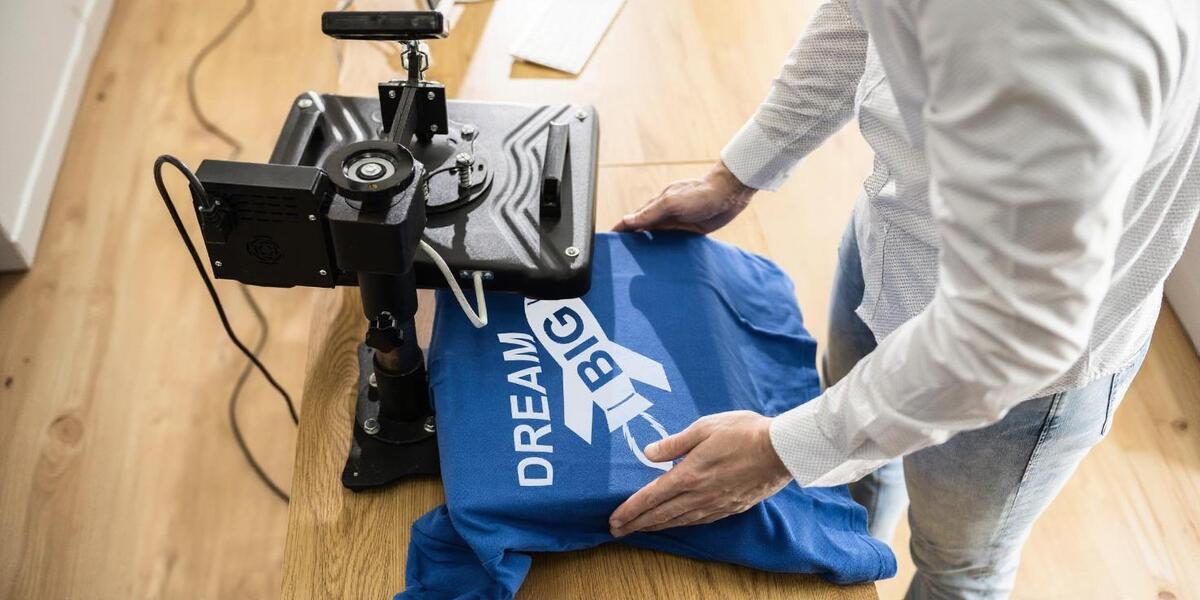Labels vs Stickers: Which are the best for you?

What are stickers? What are labels? Stickers and labels are commonly used adhesive materials that serve different purposes. It is important to understand the differences between labels vs stickers to choose the best for your specific needs. However, most of us can’t tell the differences between these two. Therefore, the following article will help you answer 3 questions: “What are stickers? What is a Label? How to choose the best?” by exploring the key dissimilarity between stickers and labels in 5 key main points so you can make right decision when choosing between the two. Now, let’s dive in!
Stickers vs Labels – basic information
While stickers and labels may appear similar, they have distinct differences that set them apart. For a deeper understanding these differences, first you should take a closer look at the fundamental points of these two, including definition, main characteristics and their common uses.
What’s a sticker?
Definition – What are call stickers?
Stickers are self-adhesive pieces that can be affixed to a surface by peeling off a backing paper or film. They are made of various materials such as paper or vinyl, or plastic and can be printed with a design, image, or text. Stickers come in various shapes and sizes, and they are commonly used for decoration, branding, and marketing purposes. They are used on a variety of surfaces such as walls, vehicles, electronics, and packaging. Stickers can be permanent or removable, depending on the adhesive used.

7 characteristics of custom stickers
- Self-adhesive: Stickers have a self-adhesive backing that allows them to be applied to surfaces without the need for additional glue or adhesive.
- Variety of materials: Stickers can be made from a variety of materials such as paper, vinyl, polyester, or plastic. The choice of material depends on the intended use and the durability required.
- Customizable: A design, image, or text, anything can be made into stickers. Stickers are custom-cut to any shape and size to suit the specific needs of the user.
- Versatile: Stickers can be used for a wide range of purposes, including labeling, branding, promotion, and decoration.
- Easy to apply: These sticky pieces are easy to apply and use by anyone without any special skills or tools.
- Affordable: Stickers are generally affordable and cost-effective, especially when you order them in bulk.
- Durable: They can be resistant to water, UV light, and other environmental factors depending on the material and adhesive used.
8 common uses of stickers
- Branding: Display the company logo or message on products, packaging, or promotional items.
- Decoration: Used to decorate personal items such as laptops, phones, water bottles, or notebooks.
- Product labeling: Used as product labels to provide information such as ingredients, nutritional value, or warning messages.
- Event promotion: Promote events such as concerts, festivals, or conferences by displaying the event name or logo.
- Educational purposes: Creative and attractive classroom materials to indicate what they contain, or to motivate students.
- Safety labeling: Used as safety labels to indicate potential hazards or to provide instructions for safe use.
- Packaging: Indicate the product’s contents or to seal the packaging.
- Political campaigns: Used to show support for a particular candidate or cause.
What’s a label?
Definition – What are labels?
Labels are tags or stickers that are affixed to an object or product to provide information about its contents, characteristics, or intended use. They are typically made of paper, vinyl, BOPP, other plastics and durable materials and can be printed with text, symbols, or images. Product labels can come in various shapes and sizes, and they are commonly used for packaging, product identification, and information purposes. Labels can be permanent or removable, depending on the adhesive used.

7 characteristics of custom labels
- Informational: Labels are made to provide information about a product, its contents, or its intended use.
- Durable: Made from durable materials such as paper, vinyl, or plastic, labels are resistant to wear and tear.
- Customizable: Labels can be printed with various text, symbols, or images, making them customizable to suit the specific needs of the product or user.
- Adhesive: Labels have an adhesive backing that allows them to be easily applied to a surface, either permanently or temporarily.
- Compliance: Labels may need to meet certain compliance standards, depending on the product or industry they are used in.
- Size and Shape: Coming in with various sizes and shapes, labels entirely fit onto different products and packaging.
- Tamper-Evident: Some labels can be designed to show evidence of tampering, such as a broken seal or a change in color or texture, to provide additional security to the product.
9 common uses of custom labels
- Product labeling: When serves as product labelling, custom labels provide information about a product, such as its contents, ingredients, expiration date, and instructions for use.
- Packaging: Used to identify and brand packaging materials such as boxes, bags, and bottles.
- Shipping and logistics: Barcode labels and address labels are used to track products during shipping and logistics.
- Inventory management: Labels can be used to track inventory levels, including stock levels and location information.
- Safety and compliance: Labels also provide safety information, warnings, and hazard communication, as well as to comply with regulatory requirements.
- Managing and organizing: Organizing labels are sticky pieces used to track and identify equipments, vehicles, tools, folders, binders, storage containers, ect.
- Library management: Labels are commonly used in libraries to identify books, DVDs, and other media, as well as to track loan periods.
- Name tags: Labels can be used as name tags for events, conferences, or in workplace settings to identify employees and visitors.
- Promotional: As promotional materials on products, for events or promotional giveaways.
Labels vs Stickers – What is the best for you?
Which one – Labels vs Stickers – are best for you? Each of these adhesive pieces has its own set of advantages and disadvantages, so it ultimately depends on your specific needs and the intended use. In this section, we will explore the differences between stickers and labels on five main points: materials used, adhesive properties, printing methods, durability, and removal process.
| Stickers | Labels | |
| Materials Used | Paper, vinyl, or plastic | Paper, vinyl, plastic, and fabric |
| Adhesive Properties | Have stronger adhesive than labels May be difficult to remove | Removable labels can be easily peeled off without leaving any residue Permanent labels are designed to stay in place for a longer period |
| Printing Methods | Printed using digital or screen printing methods, which allows for a wide range of colors and designs | Printed using digital or screen printing methods Also can be printed using thermal transfer printing or direct thermal printing methods, which prodive high levels of detail |
| Durability | Less durable than labels and may be more susceptible to wear, tear, fading, etc. | Resistant to damage from exposure to the environment, including water-resistant or UV-resistant materials |
| Removal Process | More difficult to remove than labels and can leave behind a residue | Easily removed without leaving any residue |

When choosing between labels vs stickers, you should consider these factors:
- Intended Use: Consider the intended use of the product or item that requires stickers or labels. Stickers are often used for promotional or decorative purposes, while labels are typically used for informational or functional purposes such as product labeling, shipping, or inventory management.
- Material: Consider the material of the surface that the sticker or label will be applied to, as well as the materials used in the sticker or label itself. Some surfaces may require a specific adhesive or material, and certain materials may not be suitable for certain applications or environments.
- Adhesive Properties: Consider the type of adhesive required for the intended use of the sticker or label, including permanent or removable adhesives. Permanent adhesives may be necessary for certain applications such as asset management or safety labeling, while removable adhesives may be necessary for applications such as product branding or packaging.
- Printing Requirements: Consider the printing requirements for the sticker or label, including the level of detail and color required, as well as the printing method used. Digital printing methods may be suitable for most applications, while thermal transfer printing may be necessary for barcode labels or other applications requiring high levels of detail.
- Durability: Consider the durability requirements for the sticker or label, including exposure to environmental factors such as moisture, sunlight, or temperature fluctuations. Materials used in the sticker or label may need to be water-resistant, UV-resistant, or heat-resistant depending on the intended use.
- Removal Process: Consider the ease of removal for the stickers or labels, and whether it needs to be easily removable or permanent. Labels may be required to be easily removable for certain applications, while stickers may need to be more difficult to remove to ensure their longevity.
- Cost: Finally, consider the cost of the stickers and labels, including the materials used, printing requirements, and quantity needed. Stickers are often less expensive than labels, but may not be suitable for all applications.
Conclusion
In short, stickers and labels are both adhesive materials that are used for different purposes. Stickers are often used for promotional or decorative purposes, while labels are typically used for informational or functional purposes. The choice between stickers and labels depends your intended use, durability and removal requirements. Understanding the differences between these two types of adhesive materials can help you make an informed decision and choose the right option for your specific needs.


